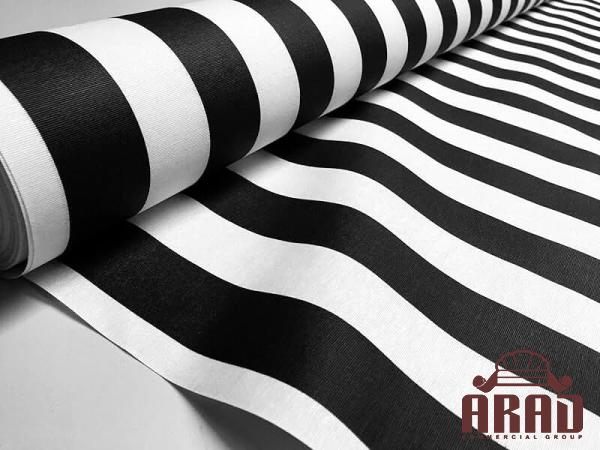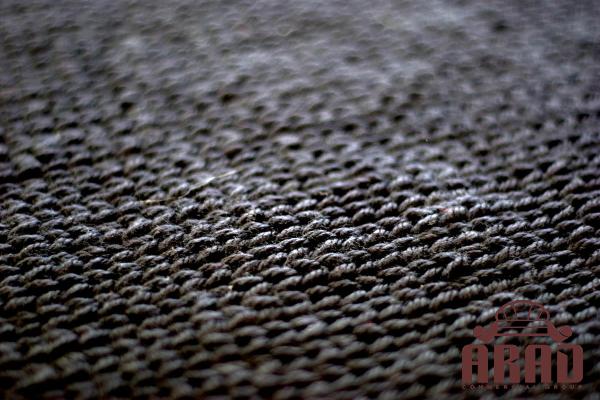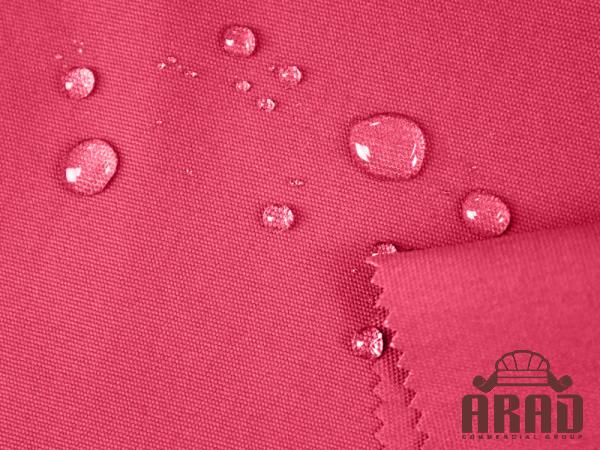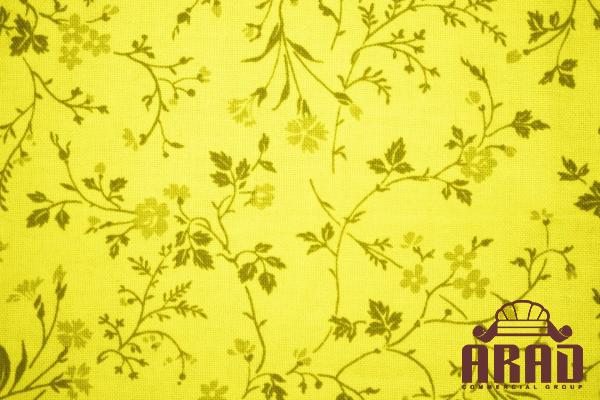We are going to put sheer vs other thin fabrics to discuss the differences between them. Also, we will Talk about lightweight fabrics such as sheers in this article.
sheer lightweight fabric
The type of clothing you wear can make a big difference in whether you feel like heaven or hell when it becomes hot outside. or more precisely, its weight. Before your day has even begun, wearing thick, heavy textiles can make you feel uncomfortable and hot. On the other hand, wearing lightweight clothing will keep you cool as a cucumber from dawn until dusk. There are many things to learn if you want to design your own lightweight summer clothing. Lightweight fabrics – what are they? Some are almost translucent, while others are almost opaque. Some will allow your skin to breathe, while others will quickly have you perspiring profusely. It pays to understand the fundamentals of each sort of lightweight fabric unless you want to waste your money and time on something that is completely inappropriate. in addition to picking up some pointers and advice while you’re there. What distinguishes a fabric as lightweight versus midweight or heavyweight? Easy – the GSM. The normal weight range for lightweight materials is 30 to 150 GSM. In contrast, heavy fabrics can weigh more than 350 GSM, whereas medium-weight fabrics weigh between 150 and 350 GSM. Chiffon, linen, organza, cheesecloth, lace, voile, mesh, and habotai are a few of the most well-liked and well-known lightweight materials. However, as you’ll quickly see, it is by no means a complete list. Sheer fabric can be translucent or transparent. Before we consider whether the sheer cloth is transparent or translucent, it might be helpful to define a few concepts. 
sheer fabric black
You can see completely through transparent materials, even clothing, to the point where it almost appears as though nothing is there. Cellophane and glass are two examples of this kind of substance. Contrarily, translucent fabrics allow light to pass through but with enough diffusion that you cannot see through them as clearly as you could with transparent materials. After that explanation, what classification do sheer materials belong to? Usually transparent. The kind of fine thread used to create sheer fabric produces a flimsy, lightweight textile that is best characterized as translucent or semi-transparent. How do you determine how translucent the fabric is, exactly? Examine the skeptic. The fabric is more transparent the lower the denier number. Find anything with a denier of approximately 3 if it’s hardly perceptible. Look for a 15 denier for the degree of sheerness you’d get with stockings. A 30 denier will give you a semi-opaque finish at the higher end of the scale, while a 100 denier will be completely opaque. Lightweight, non-fraying fabric The benefits of lightweight materials are numerous. They do, however, have a few drawbacks, one of which is that they are prone to fraying. Generally speaking, lighter materials with looser weaves will fray more quickly than heavier fabrics with tighter weaves. If you want to minimize fraying, choose a fabric like silk as knits have the tendency to fray the least. What fabric is the thinnest? Some textiles are so delicate that when they touch your skin, they resemble a fairy’s kiss. The fittingly titled Fairy Feather silk, a featherweight material created from 8-denier silk microfibers that felt practically weightless in the hand, was the world’s thinnest fabric for a long time. 
sheer fabric dress
But suddenly a fresh challenger for the title appeared. For the previous five years, Super Organza, an incredibly light fabric that weighs just 5 grams per square meter, has held the title of thinnest fabric. To put that into perspective, it roughly weighs the same as a cent. Is cotton a fabric that Is lightweight? One of the most extensively used and accessible materials is cotton. However, is it light? The response is occasionally. From heavyweight velvet and moleskin to lightweight grass and voile, cotton can be pretty much anything you want it to be. Is polyester a fabric that Is lightweight? Polyester is a preferred material for activewear and gym apparel for a reason. and it’s not simply because of how well it wicks away moisture. Polyester is a fantastic material to use when the weather asks for something airy and light. Is linen a fabric that Is lightweight? Flax is used to making linen, a natural material. It’s remarkably light for its strength (it’s a whooping two times stronger than cotton). which certainly explains why people choose it so frequently in the summer. Is viscose a fabric that Is lightweight? Viscose is an artificial fabric that is incredibly lightweight, airy, soft, and breathable. It’s not the eco-friendliest cloth, though, so consider alternate materials if you wish to keep your green credentials spotless. 
Sheer Fabric Types
Both natural and synthetic fibers can be used to create sheer fabrics. The most popular varieties include:
- Batiste
- Organdie
- Lace
- Cotton lawn and voiles
- Mesh
- Tulle and netting
- Gauze
- Taffetta
- Eyelet fabric
- Muslin
- Silk
The best material for dresses Is lightweight In the winter, a structured, heavyweight dress can be appropriate, but in the summer, you’ll want a bit breezier and slightly lighter. But which breathable material works best for dresses? It depends, just like with other things. Some people love the feel of silk, while others appreciate voile’s ease of maintenance. Regardless of your inclination, choosing any of these great materials won’t leave you disappointed: Chiffon: Chiffon is a sheer fabric that is light and airy and has a romantic gloss to it. It is also pleasant to the touch. Whatever material is used to make chiffon—silk, rayon, or a synthetic material like polyester—you can count on a magnificent drape and a refined appearance. Georgette: Georgette has a stunning drape and is an exceptionally thin fabric. Favored by fashion designers, it has an opaquer finish and an almost sand-like texture that is slightly harsher to the touch than chiffon. Crepe: Crepe is a general word that can be employed to refer to a wide range of fabric kinds. The majority of kinds have a thin, fluid feel that is light and velvety to the touch. is a fantastic material for dresses because of its gentle shine and free-flowing character? Cotton voile: You won’t find many materials better than cotton voile if you’re looking for something sheer, delicate, and incredibly soft. Although the fabric has a little crisp quality to it, it has a lovely drape that makes it a great option for summer dresses that are as light as air. Organdy: Organdy is utterly smooth and delicate to the touch; despite being crisp to the degree of rigidity. For dresses, choose a soft organdy; stiff kinds may be great for formal use but are a bit much for daily wear. Simply be mindful that this cloth likes to crease. A great deal… 
sheer fabric top
Silk textiles: Silk materials are perfect for dresses because they are thin, sheer, and have the kind of sheen that dreams are made of. It’s also fantastic for making structured apparel that needs to maintain its shape because of its slightly stiff finish. It has a similar appearance to voile and a somewhat finer finish to Batiste, a slightly sheer fabric. It works well for summer dresses and is typically made of wool, cotton, silk, rayon, or linen. Most suitable lightweight fabric for drapes Although thick curtains may be excellent for privacy, there are times when we need a bit lighter. So, which lightweight fabric works best for curtains? Eyelet Cotton – Eyelet cotton is a cheap alternative that resembles an open-weave fabric in terms of lightness. This can be your best choice if you desire something that is lightweight but not entirely sheer. Voile, a sheer, silky, and delightfully light fabric that is normally composed of cotton but may also be found in polyester is a beautiful example of this. It provides you with privacy while yet letting light into the room thanks to its lovely drape and smooth surface. Tips for sewing sheer fabric Although sewing translucent materials might appear difficult, it’s simpler than you might imagine once you know a few insider tips and methods. Utilize Tissue Paper – Put a sheet of tissue paper beneath the sheer fabric you are cutting and leave it there while you stitch. It will ensure that the fabric is neither stretched nor torn. Escape All-Purpose Yarn – When working with sheer, fragile textiles, always choose machine embroidery yarn or lingerie thread instead of all-purpose thread. Use only extra fine glass head pins – regular pins can easily catch on sheer or thin textiles and cause puncture holes. Use ultra-fine glass head pins to avoid destroying delicate materials. 
sheer fabric png
Before washing, Serge – Most lightweight fabrics tear much more quickly and easily than most of us would want, so sew them before washing. It’s recommended to serge the seam before washing to reduce the chance of any fraying as you’ll need to wash the cloth before beginning the project. Dry and Prewash – Usually wash and dry the fabric beforehand you start stitching unless you’re dealing with silk (in which case, disregard this following suggestion entirely). By doing this, you’ll ensure that it has shrunk as much as it can before you begin cutting. Leave the sewing machine to handle the work. Lightweight materials are frequently more fragile than medium- or heavyweight fabrics, so just let the sewing machine handle the job. When using a sewing machine, try to avoid pushing or pulling the fabric; instead, just feed it through and allow the sewing machine to perform the labor-intensive work. It’s often a good idea to take a test run with a scrap fabric piece first so you can get acclimated to the distinct style of working if you’ve never dealt with lightweight or sheer fabrics previously. Keep Your Stitches Small- A lightweight cloth is not ideal for a large stitch, so keep your stitches small. Maintain the smallest, neatest threads possible to reduce the likelihood of the raw edges coming undone. Use Starch – Using a little starch makes working with delicate fabrics much simpler. Before you begin sewing or cutting, stabilize the fabric by spraying it with starch. And once you’re done, don’t fret that you’ll be left with stiff, crispy clothing forever—it’ll wash away in a flash.  How big a needle should I use for lightweight fabric? Lightweight textiles are delicate as well as light. Thus, they require a little more tender loving care. Avoid anything thick or dull when it comes to needles, and only use sharp sewing machine needles in sizes 10/70 or 9/65. You run the risk of catching or puncturing that delicate fabric if you disregard the advice and use a universal needle. Additionally, avoid using anything sharp at all costs… How tight should a sheer fabric be? You may not have given your machine’s setting much thought in the past if you are not used to dealing with lightweight fabrics. But you’ll have to get going. The typical setting on most sewing machines is 5, which is adequate for most fabrics but ineffective for sheers. Reduce all factors when working with sheer materials, including the stitch size, pressure, and tension. Always check the tension and stitch on a scrap of fabric before you begin so that you can make any required modifications. Conclusion A see-through fabric known as sheer can be transparent or semi-translucent. A wide variety of fabrics, varying in substance and weave or knit type, fall under the umbrella of sheer fabric. Sheer fabric, for instance, can be knit or woven. Any type of fiber, including synthetic and natural ones, can be used to create sheer fabric. Additionally, colorful patterns can be printed on sheer fabric, or the cloth can be embroidered with sequins and beads. Due to the large number of factors that can affect the production process, the sheer fabric can have a variety of different qualities, including being flowy or structured, smooth or textured, narrow or double, and lightweight or heavyweight.
How big a needle should I use for lightweight fabric? Lightweight textiles are delicate as well as light. Thus, they require a little more tender loving care. Avoid anything thick or dull when it comes to needles, and only use sharp sewing machine needles in sizes 10/70 or 9/65. You run the risk of catching or puncturing that delicate fabric if you disregard the advice and use a universal needle. Additionally, avoid using anything sharp at all costs… How tight should a sheer fabric be? You may not have given your machine’s setting much thought in the past if you are not used to dealing with lightweight fabrics. But you’ll have to get going. The typical setting on most sewing machines is 5, which is adequate for most fabrics but ineffective for sheers. Reduce all factors when working with sheer materials, including the stitch size, pressure, and tension. Always check the tension and stitch on a scrap of fabric before you begin so that you can make any required modifications. Conclusion A see-through fabric known as sheer can be transparent or semi-translucent. A wide variety of fabrics, varying in substance and weave or knit type, fall under the umbrella of sheer fabric. Sheer fabric, for instance, can be knit or woven. Any type of fiber, including synthetic and natural ones, can be used to create sheer fabric. Additionally, colorful patterns can be printed on sheer fabric, or the cloth can be embroidered with sequins and beads. Due to the large number of factors that can affect the production process, the sheer fabric can have a variety of different qualities, including being flowy or structured, smooth or textured, narrow or double, and lightweight or heavyweight. 










Your comment submitted.